Figure shows a part of an electric circuit. The wires AB, CD, and EF are long and have identical resistances. The separation between the neighbouring wires is 1.0 cm. The wires AE and BF have negligible resistances and the ammeter reads 30 A . Calculate the magnetic force per unit length of AB and CD.
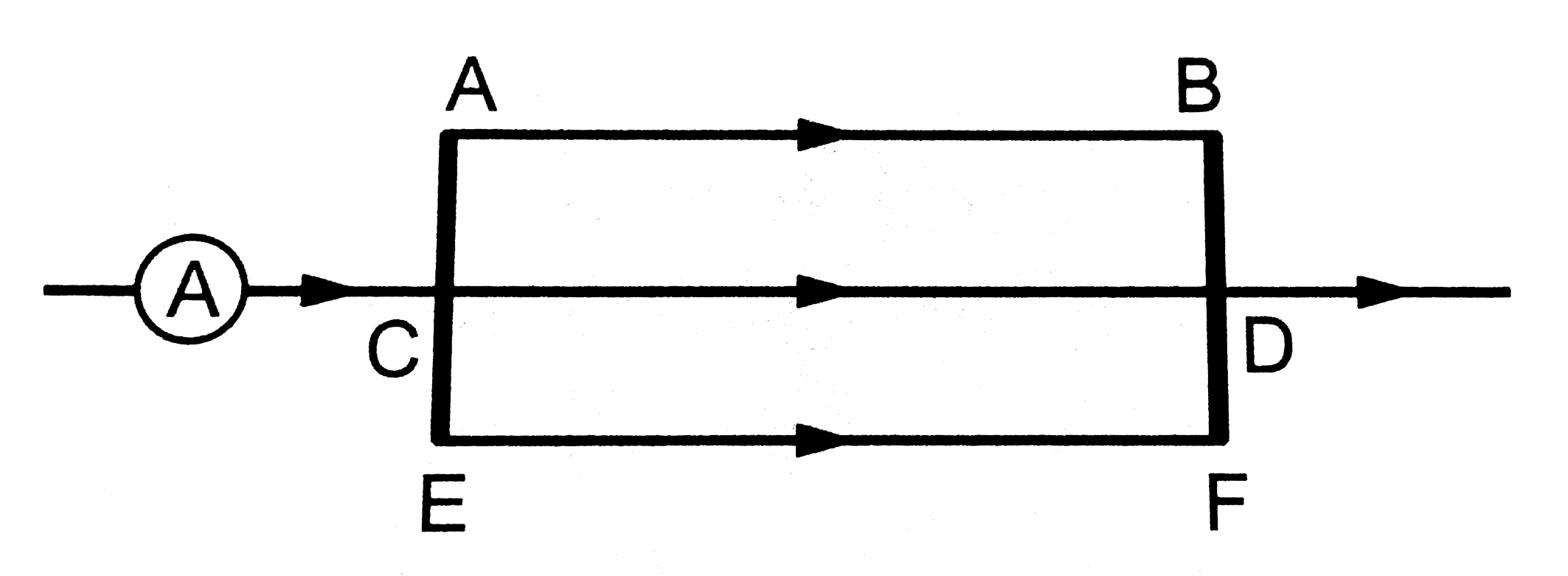
Step by step video & image solution for Figure shows a part of an electric circuit. The wires AB, CD, and EF are long and have identical resistances. The separation between the neighbouring wires is 1.0 cm. The wires AE and BF have negligible resistances and the ammeter reads 30 A . Calculate the magnetic force per unit length of AB and CD. by Physics experts to help you in doubts & scoring excellent marks in Class 12 exams.
Topper's Solved these Questions
- BOOK - HC VERMA ENGLISHCHAPTER - MAGNETIC FIELD DUE TO CURRENTEXERCISE - questions for short answer12videos
MAGNETIC FIELD DUE TO CURRENT
- BOOK - HC VERMA ENGLISHCHAPTER - MAGNETIC FIELD DUE TO CURRENTEXERCISE - Objective 27videos
MAGNETIC FIELD DUE TO CURRENT
- BOOK - HC VERMA ENGLISHCHAPTER - MAGNETIC FIELDEXERCISE - objective29videos
MAGNETIC FIELD
- BOOK - HC VERMA ENGLISHCHAPTER - MAGNETIC PROPERTIES OF MATTEREXERCISE - Short Answer6videos
MAGNETIC PROPERTIES OF MATTER
Similar Questions
Figure shows a part of an electric circuit. ABCD is a rectangular loop made of uniform wire. The length AD= BC = 1 cm. The sides AB and DC are long as compared to the other two sides. Find the magnetic force per unit length acting on the wire DC due to the wire AB if the ammeter reads 10A.
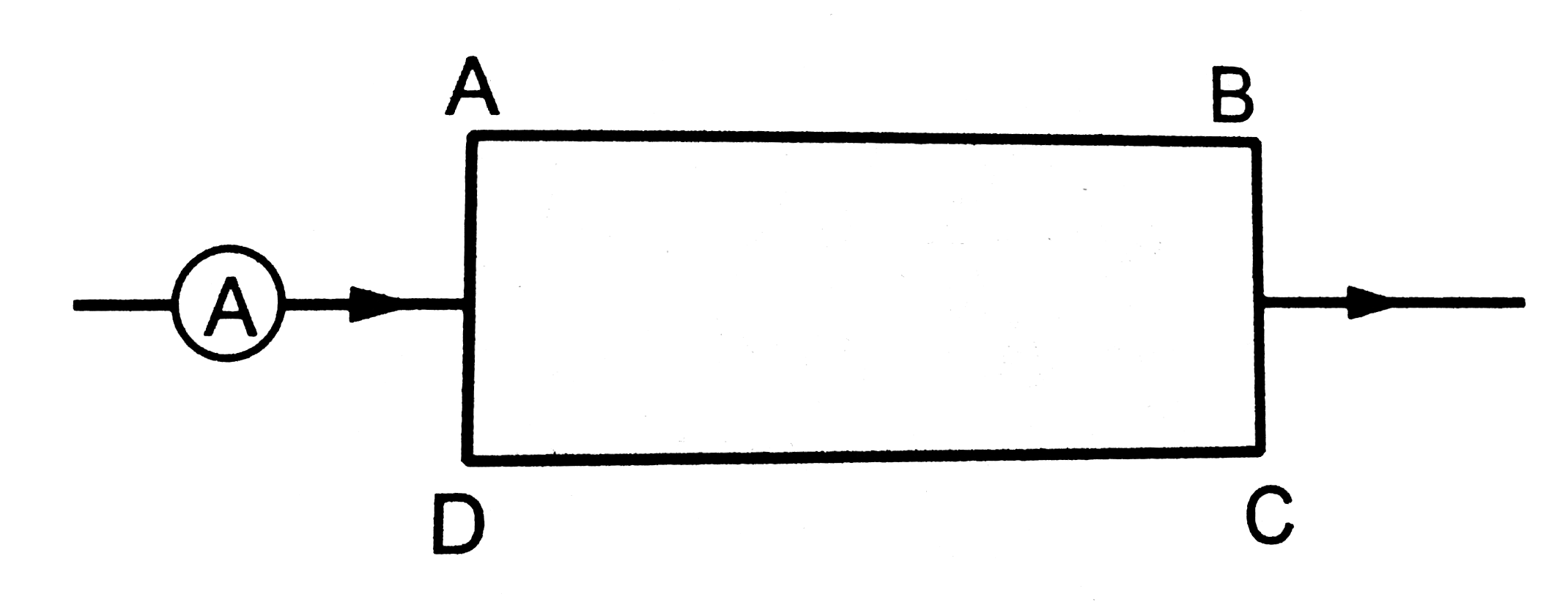 View Solution
View SolutionWhat is the resistance between P and Q in the following circuit? Each resistance is of 1Ω and the wire between eb and bd have resistance 0.5Ω each.
 View Solution
View SolutionThe force per unit length between two parallel current carrying wires =μ0i1i22πr . The force is attractive when the current is in same direction and repulsive, when the they are in opposite directions. The force between the wires of two parallel wires is shown. We can determine the equilibrium position. Then we displace upper wire by a small distance, keeping lower wire fixed. If the wire returns to or tries to return to its equilibrium position, its equilibrium is stable. We can thus show that upper wire can execute linear simple harmonic motion or not. The length of wire AB is large as compared to separation between the wires.

If wire CD is displaced upward to increase the separation by dh, the magnitude of net force per unit length acting on the wire CD becomesView SolutionIn a potentiometer circuit, the emf of driver cell is 2V and internal resistance is 0.5Ω. The potentiometer wire is 1m long . It is found that a cell of emf 1V and internal resistance 0.5Ω is balanced against 60 cm length of the wire. Calculate the resistance of potentiometer wire.
View SolutionThe circuit diagram shown in Fig includes a 6 V battery, an ammeter A, a fixed resistor RI of 2Ω and a resistance wire R2 connected between the terminals A and B. The resistance of the battery and ammeter may be neglected. Calculate the ammeter readings when the wire R2 is of
0.20 m length and of resistance 4Ω.
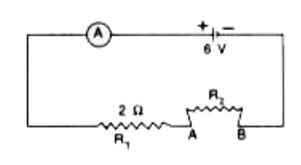 View Solution
View SolutionThe resistance per unit length of the wires in segments AB, BC, CD, and AD are the same. The magnetic field due to the current at point O is
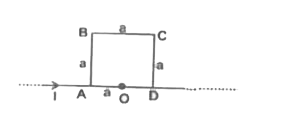 View Solution
View SolutionThree coplanar parallel wires, each carrying a current of 10 A along the same direction, are placed with a separation 5.0 cm between the consecutive ones. Find the magnitude of the magnetic force per unit length acting on the wires.
View SolutionTwo identical batteries, each having emf of 1.8 V and of equal internal resistances are connected as shown in the figure. Potential difference between A and B will be equal to (Ignore the resistance of lead wires)
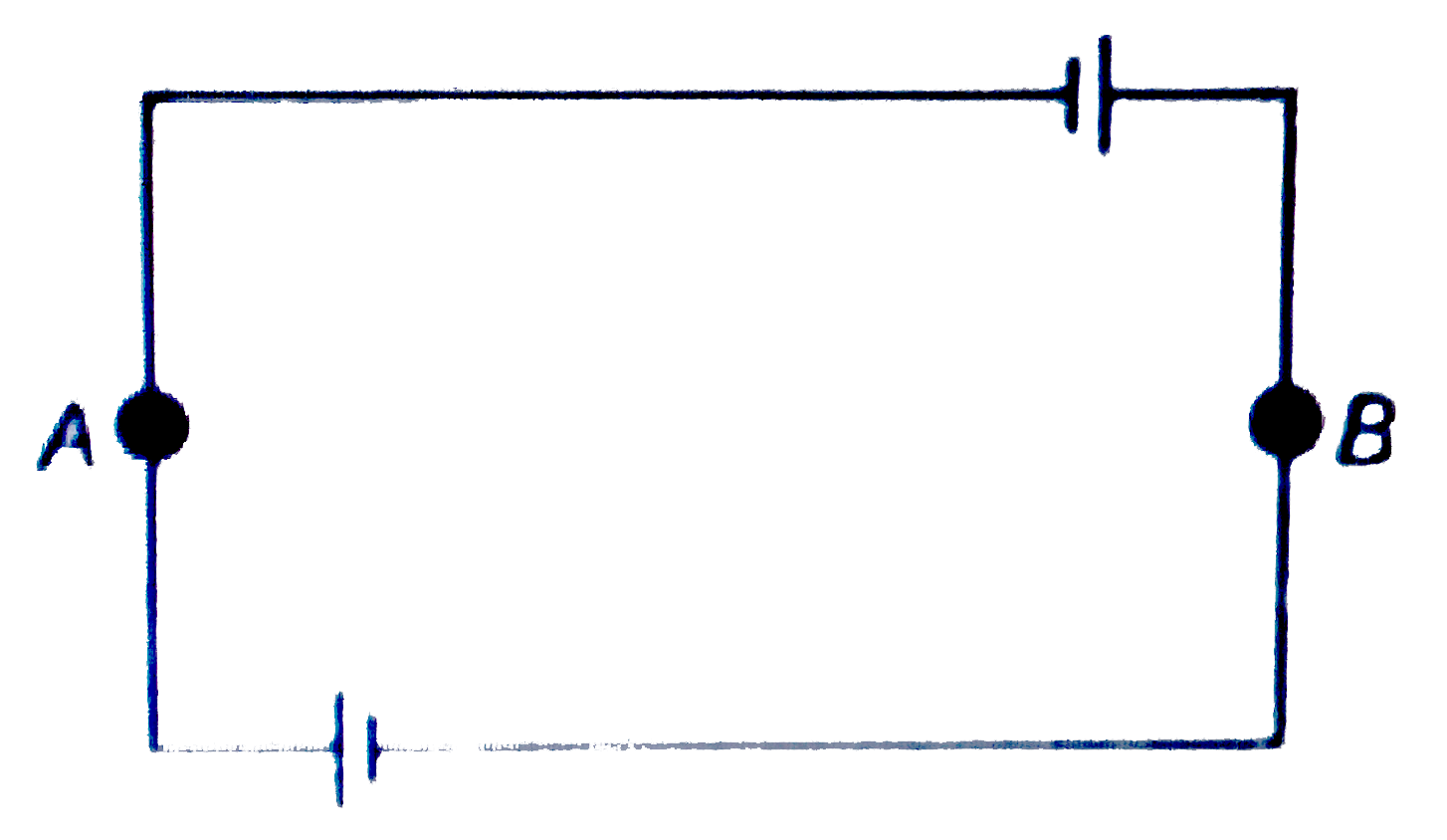 View Solution
View SolutionA potentiometer circuit is shown in Figure 3 below. AB is a uniform metallic wire having length of 2m and resistance of 8Ω. The batteries E1andE2 have emfs of 4V and 1.5V and their internal resistances are 1Ωand2Ω respectively.
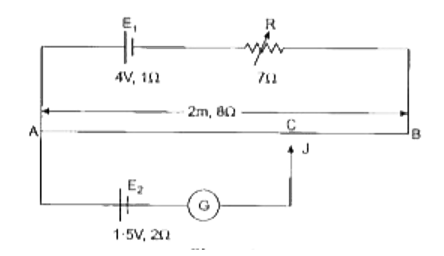
Now the jockey J is made to touch the wire AB at a point C such that the galvanometer (G) shows no deflection. Calculate the length AC.View SolutionIn the potentiometer circuit shown the galvanometer shows no deflection for AD = 35 cm. The resistance of wire AB is 18 Ω and its length is 50 cm . Calculate the emf E of the cell
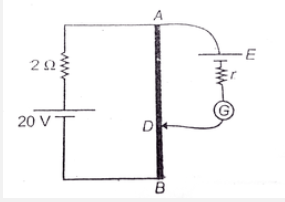 View Solution
View Solution

